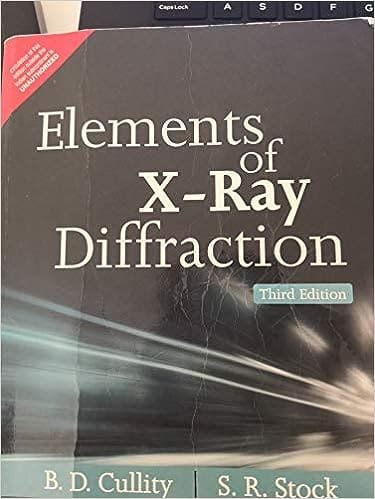Definition
X-ray diffraction (XRD) is a technique used in physics and chemistry to study atomic and molecular structure of a crystalline material, based on the diffraction pattern produced when a beam of X-ray strikes a crystal.
Expanded Explanation
X-ray diffraction is a powerful tool used to identify and study the structures of substances at the atomic or molecular level. The technique is based on the principle that X-rays are diffracted or scattered by the layers of atoms in a crystal, creating a unique pattern that can be used to identify the substance or determine its structure.
Importance
X-ray diffraction is critical in many scientific fields, especially in material science, geology, biology, and chemistry. It allows scientists to study the atomic and molecular structure of substances, which can provide vital information about their properties and behaviors.
Context and Usage
In material science, X-ray diffraction is often used to analyze the structure and composition of materials. In geology, it can be used to identify minerals and study the structures of rocks. In biology, it has been used to determine the three-dimensional structures of large biological molecules, such as proteins and nucleic acids.
Examples
- Example 1: The discovery of the double-helix structure of DNA was made possible through X-ray diffraction.
- Example 2: In the field of material science, X-ray diffraction is commonly used to study the crystal structure of metals and ceramics.
Understanding X-ray Diffraction
A common misconception about X-ray diffraction is that it can be used to study any kind of substance. In reality, this technique can only be used effectively on crystalline substances or those with a certain level of structural order.
Related Glossary Terms
- Crystallography: This is the study of crystal structures, often using X-ray diffraction.
- Bragg’s Law: This law is used in X-ray diffraction to calculate the angles for coherent and incoherent scattering from a crystal lattice.
Visual and Reading Aids
External Resources for Further Reading on the Glossary Term
- Basic Principles of X-ray Diffraction
- What is x-ray diffraction analysis (xrd) and how does it work?
Related Articles From Sunnydaysgo.com
- Rosalind Franklin and X-ray Diffraction: Unveiling the Structure of Life
- X-Ray Diffraction of Proteins: A Comprehensive Guide

